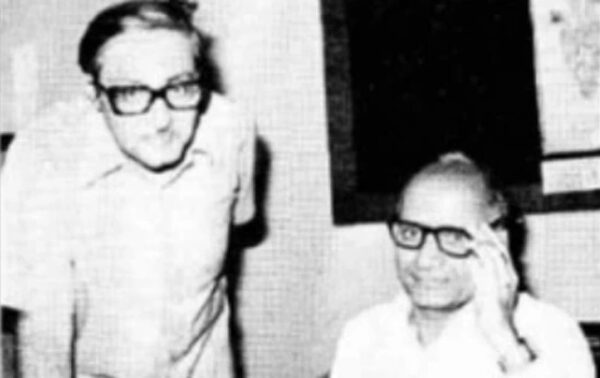In the year 1981, the bustling city of Kanpur witnessed an event that would go down as the biggest Income Tax raid in the history of India. It all unfolded at the residence of Sardar Inder Singh, a respected industrialist and former Rajya Sabha MP.

Known for his pioneering work, Sardar Inder Singh had set up the country’s first steel re-rolling mill back in 1928 and later founded North India’s largest railway wagon factory, becoming one of the biggest suppliers to Indian Railways.
But behind the legacy of innovation lay secrets that the Income Tax Department was determined to uncover. More than 90 officers, backed by 200 policemen, descended on his home in a high-profile operation that stretched nearly a month. What they found stunned the nation.

A dedicated team of 45 people, including staff from the Reserve Bank of India, spent 18 long hours just counting the piles of cash. By the end, authorities had seized Rs 1.60 crore in currency and 750 tola of gold. This included two gold bricks, jewelry worth Rs 8 lakh, and 144 guineas valued at Rs 1.85 lakh. From the residence of Singh’s wife, Mohinder Kaur, officers recovered even more: two massive 500-tola gold bricks and 144 gold coins, all weighing nearly 7 kilograms, in violation of the Gold (Control) Act of 1968.
The aftermath was equally dramatic. Notices were served not only to Inder Singh but also to his wife, four sons, two sons-in-law and other family members. The Central Excise Department also acted against Mohinder Kaur under the Gold Act. For Singh, the raid left an indelible mark on his reputation, though he and his family continued to fight their case in court.

So impactful was the scale of this operation that years later, it became the inspiration for the Bollywood movie Raid starring Ajay Devgn in the lead role.


